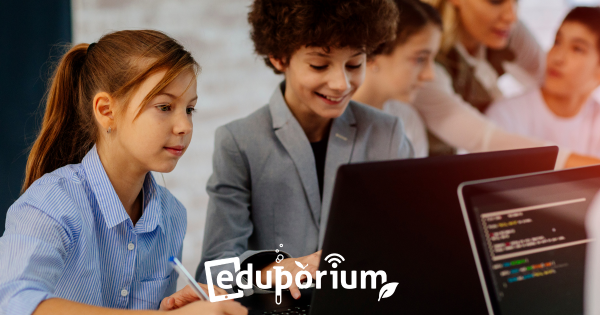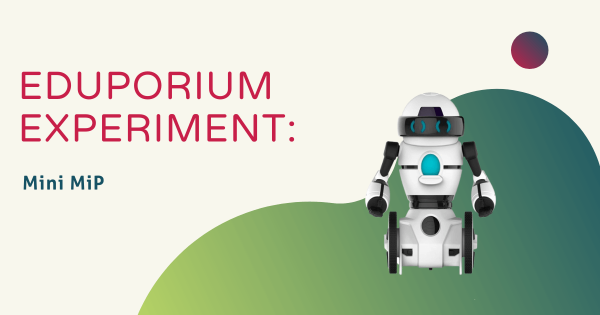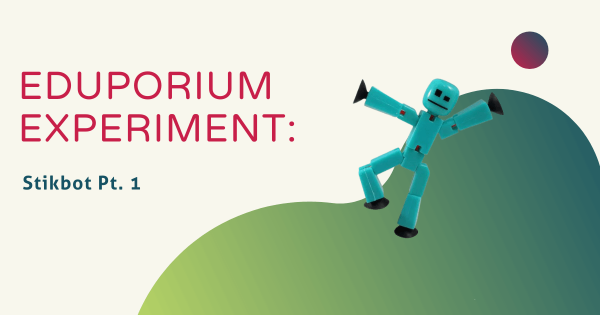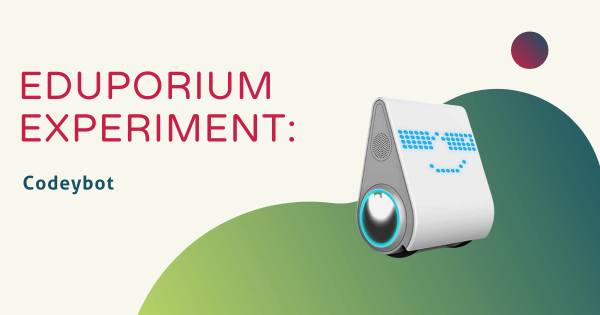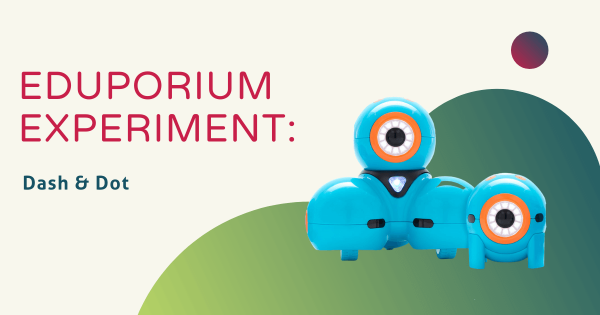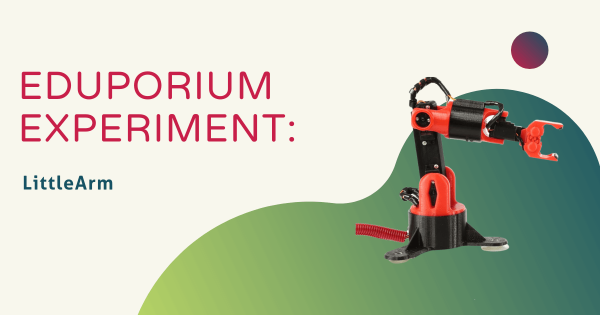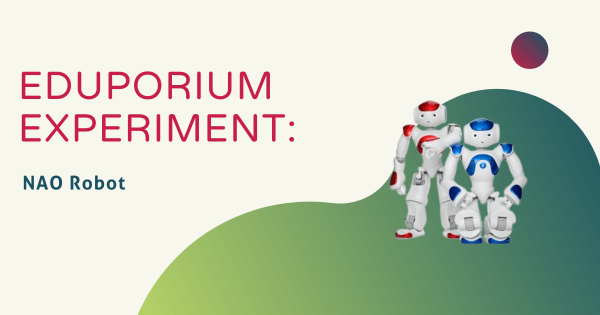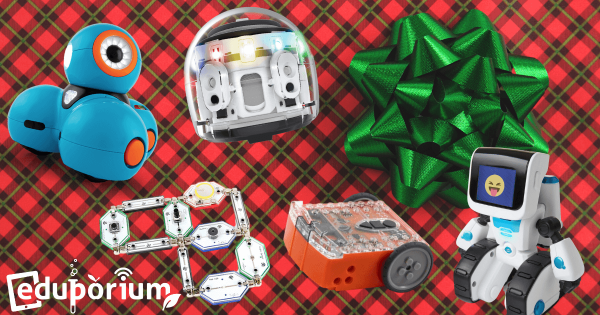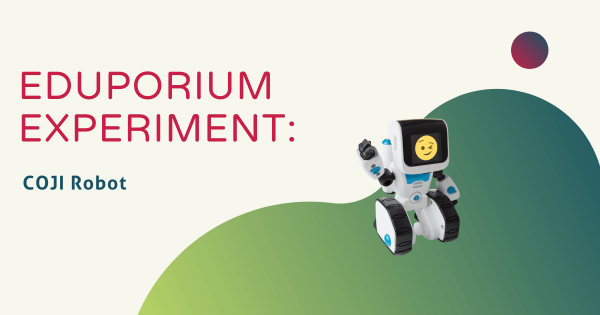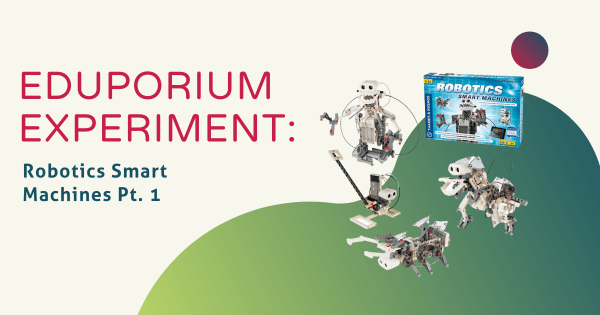According to Code.org statistics, about 90 percent of parents in the United States want their children to learn how to code. On the other hand, only 40 percent of students in K-12 schools are currently learning about computer science. Considering the huge demand for technically competent workers in today’s growing-by-the-minute IT sector, learning how to code is key.
Robotics
Some of the most popular paths and effective approaches to preparing students for their future involve using robotics tools. A significant subsection of STEM education, coding robots and other types of programmable devices enable a large percentage of the STEAM learning that occurs in our schools. Using educational robotics tools, students from Pre-K to college can develop key coding skills. This is largely because, among these various robot kits, many are compatible with various programming languages. So, beginning in Pre-K, a child might use the Cubetto Robot in screen-free coding activities. Then, they might move on to the Bee-Bot or Blue-Bot for CS experiences that are slightly more complex. And, by the time they're in kindergarten or first grade, they have a legitimate foundation and they're ready to continue developing fluencies in coding, problem solving, and even computational thinking.
One reason robotics in education is so effective is due to various advances in robotics equipment for schools. Beyond introducing the absolute basics of coding early on (and without a screen), students can then progress to one of the most basic forms of coding, which you might know as Blockly. So many robotics tools incorporate the Blockly coding language along with their corresponding programming environment. In fact, the Ozobot Evo, Root Robot, Edison Robot, and Dash Robot are among the most popular elementary robotics tools. These help children build on coding and technology knowledge as they prepare for the next step—text programming. In text coding, they can use tools like the databot 2.0, NAO Robot, and most of the others we've mentioned. And, through these experiences, they can develop STEM skills in a tangible way while using robotics tools to do so.
-
Eduporium Experiment | Mini MiP Robot
The search continues to provide teachers and parents with an entry-level robot that ensures little ones aren’t left out of STEM learning. This week I experimented with one of our simpler robotics toys, the Mini MiP, which is developed by WowWee and serves as a smaller, less complex version of WowWee’s MiP robot. -
Eduporium Experiment | Codeybot
When there are so many personal, educational robots to choose from, how can teachers be expected to decide which one is right for their students and what they are trying to accomplish in their classroom? The ‘bot they choose has to have just the right balance of fun and learning applicability. So, let’s learn about the Codeybot. -
Eduporium Experiment | Dash & Dot
R2-D2 from Star Wars remains my personal favorite character because of its sassy personality. Since I was a little kid, I dreamed of having a robot friend. So, if I were still a kid today, I would have begged to get my hands on the Dash and Dot, the playful robots from Wonder Workshop that are revolutionizing the way introductory -
Eduporium Experiment | LittleArm Robot Arm
Finding a simple robot arm that is affordable but still complete enough so that more than one could be used in the classroom might seem tough. After a large number of requests rolled in, Bentz sought funding for a fleet of equipment with which to produce his affordable, 3D-printed robotic arms. Thus, the LittleArm was born. -
Eduporium Experiment | NAO Robot
Here at Eduporium, we have been lucky enough to acquire our very own version of one of the most advanced robots in the world—a little bot called NAO. NAO is about two feet tall and voice activated. We’ve had it around the office for a little while now, and although we’ve seen a little of what NAO is capable of, -
Eduporium Weekly | 5 Can't-Miss Gift Ideas for Your Little Genius
The Holiday Season is a time for selflessness and gift giving to let those in our lives know how much we care about them. As our focus has always been on education, however, we sometimes tend to go a little overboard in recommending that parents get their kids gifts that combine fun and learning—and there’s nothing wrong with that! -
Eduporium Experiment | COJI Robot
COJI is a small robot designed to teach the ideas of coding to children as young as four years old by using Emoji-based commands. The idea behind this language is that faces and images are easy to understand for young children. The display screen that makes up COJI’s face depicts one emoji and the emoji-based coding language is pretty fun. -
Eduporium Experiment | Robotics Smart Machines Pt. 1
Thames and Kosmos makes and distributes over 100 hands-on science kits designed to engage students in high-quliaty STEM learning with real-life experiemnts. For today’s Eduporium Experiment, I looked at one kit in particular: The Robotics Smart Machines set—a 230-piece toolbox designed to teach the basics of engineering and robotics to kids.




